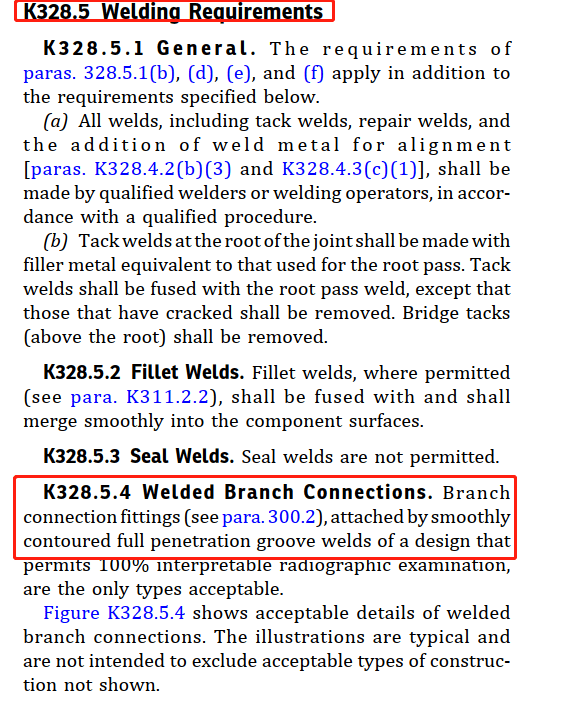In our project, 2500# CS piping class,
3x2 and 4x2 branch fitting have selected Sweepolet, rather than Reducing Tee as per ASME B16.9, which is more common.
Really confused for the selection of bran fitting selection.
Anyone can help to figure out what's basis, and whether to go for sweepolet or can also select traditional Reducing Tee, and what is the basis
Link
3x2 and 4x2 branch fitting have selected Sweepolet, rather than Reducing Tee as per ASME B16.9, which is more common.
Really confused for the selection of bran fitting selection.
Anyone can help to figure out what's basis, and whether to go for sweepolet or can also select traditional Reducing Tee, and what is the basis
Link

